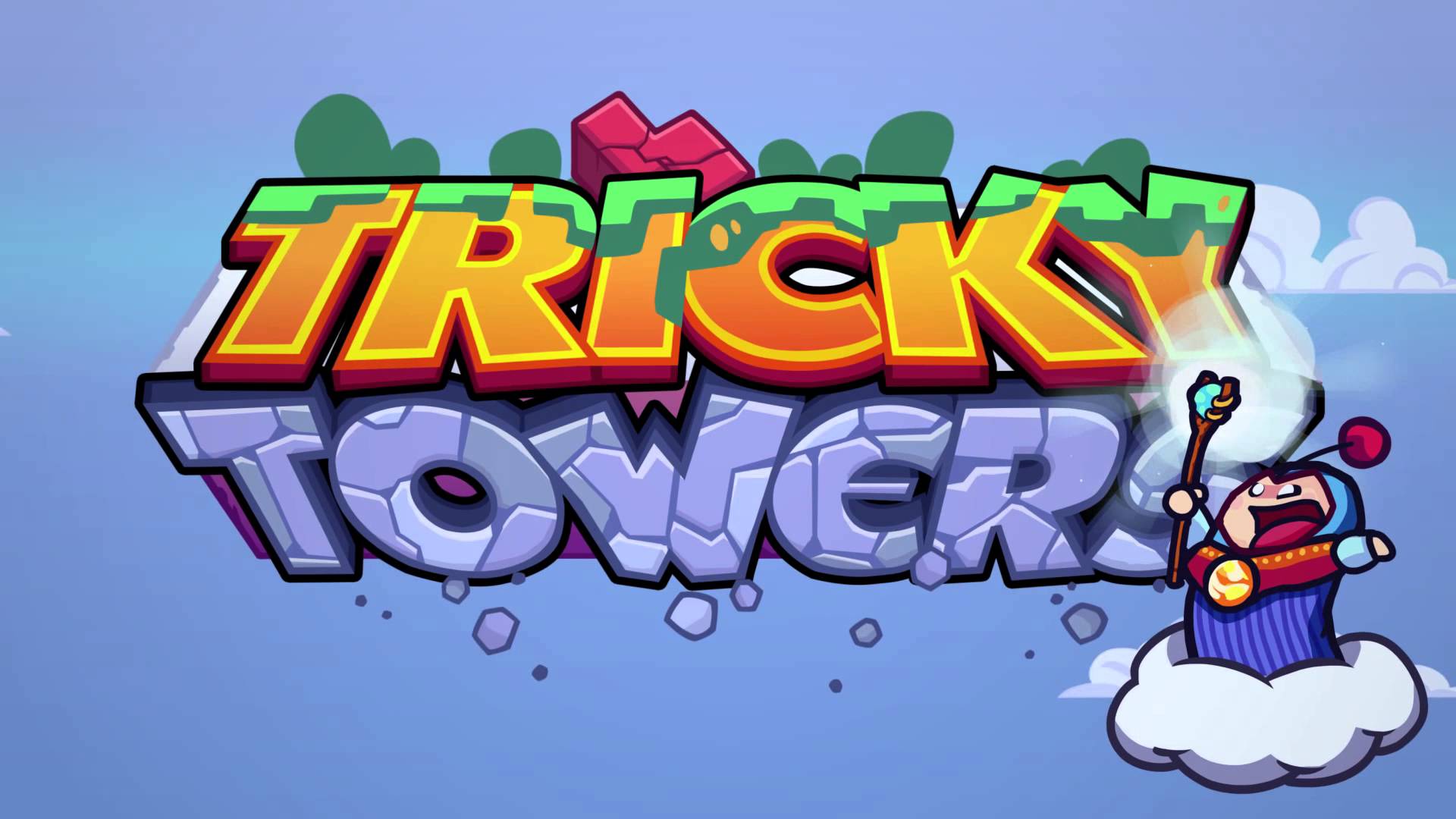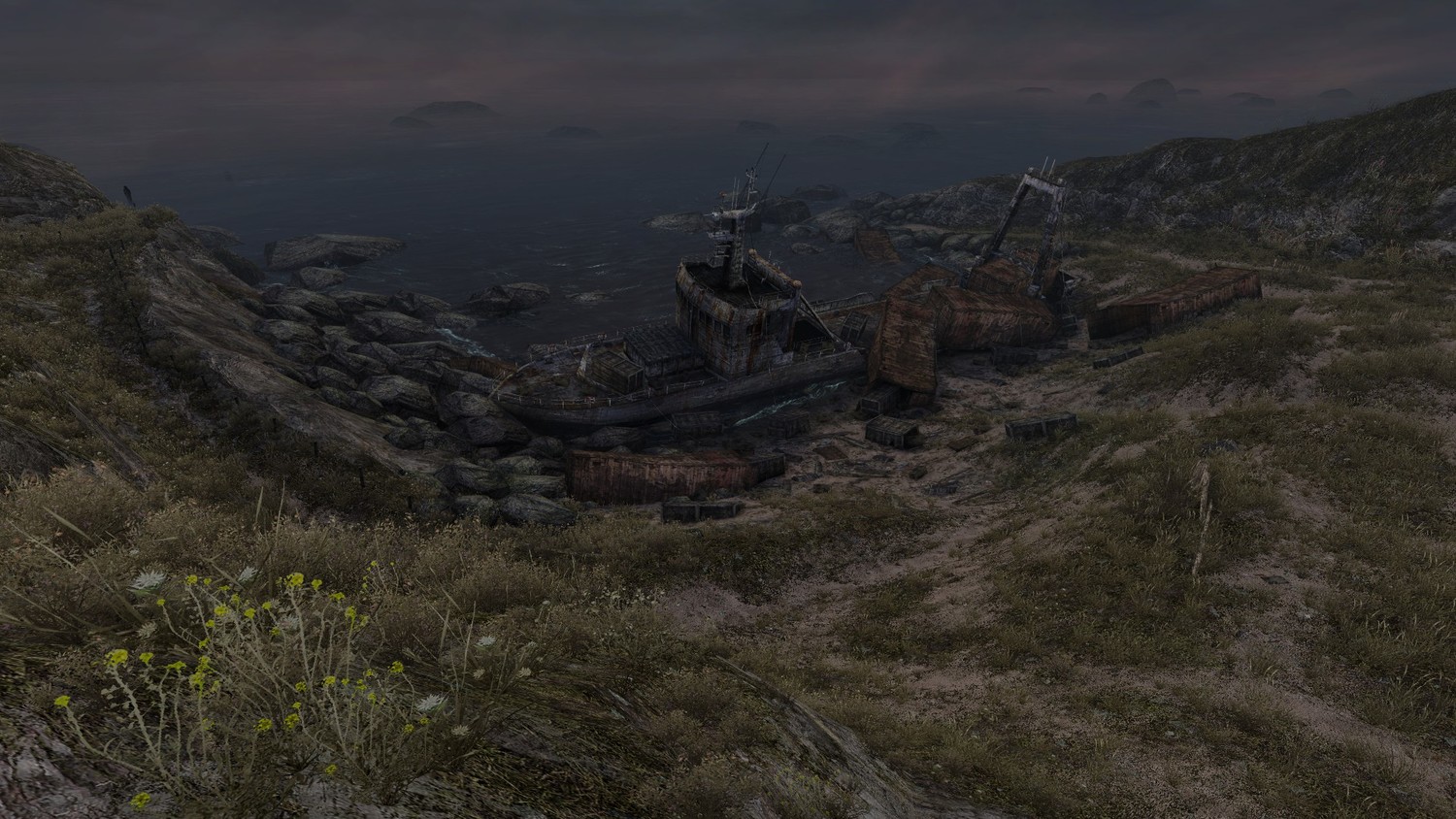
Review: Tricky Towers
Posted by Eric G on August 2nd, 2016 | 0 Comments | Tags: Tricky Towers , Weird Beard Games
Tetrominoes have shown up in a good number of games since making their debut in Tetris back in 1984. Some notable PlayStation Network titles that make use of tetrominoes include the multiplayer tower-defense game Slam Bolt Scrappers and the single-player zen space RTS Rymdkapsel. Tricky Towers is the newest addition to bunch. Developed by WeirdBeard Games, a six person team from the Netherlands, Tricky Towers is a prime example of iterative design leading to a stellar ‘final’ product. As Brad accurately and humorously put it the first time he played it, Tricky Towers is the Dark Souls of Tetris games. After about a dozen hours with the game and a fierce, month long leaderboard back-and-forth, I have to say I agree with his sentiments.
WeirdBeard first released a form of Tricky Towers in 2009, with a flash game titled 99 Bricks. The premise of the game was simple – you have 99 tetrominoes to build a tower that doesn’t fall over or lose any of its pieces. It takes the familiarity of Tetris and changes the objective a bit. Now, instead of getting rid of blocks, you want to build upward in a way that keeps all or some of your blocks from tipping over. All of a sudden, physics, architectural design, and suspense enter arena. In 2014, WeirdBeard released 99 Bricks: Wizard Academy for mobile devices. This retooled version of the game included a boatload of character along with a wide variety of quests to accomplish as you make your way through the ranks of tower-building wizardry. Wizard Academy is strategic, accessible, and fun. If you’re looking for a way to lose chunks of time on your smartphone, look no further. Tricky Towers adds a few new features to the mix, most notably multiplayer and dedicated game types.
The first thing that grabbed my attention about an early Tricky Towers trailer was the four-player multiplayer. I was a huge fan of Slam Bolt Scrappers when that released back in 2011, and the Tetris game that released on PSN that same year was incredible. Those games were most fun with a group of people playing together (locally in SBS‘s case, online or offline in Tetris‘s). The same can be said about Tricky Towers. There are three game types and three difficulties that can both be shuffled to create an endless slew of multiplayer delight. When I fired it up with three friends a few weeks back, we all went from complete noobs to fierce competitors in the span of about an hour. It was great having a game where prior skills didn’t play too much of a factor in who was the best. I’m pretty damn good at Tetris and wasn’t nearly winning as often as I expected to be. The game supports online multiplayer but since only a few of us are playing before release, I can’t really comment on what the experience/level-up system is all about. We didn’t have any problems getting into games together, though, which is a good sign.
In addition to the multiplayer madness, there’s also a fair bit of single-player content on display. Trials are split up into three different categories, which also make up the multiplayer modes. In Puzzle, you have predetermined starting platforms and a handful of tetrominoes to place below a laser. In the single-player trials, if you hit the laser, you lose. The challenge lies in somehow twisting and delicately placing all of the blocks into a space that seems altogether too small. In multplayer, touching the laser with a placed block boosts your entire tower upward, which is not a good thing. The player who can fit the most blocks underneath the laser is the winner. In Race, you aim to stack upward towards a floating checkered flag. In multiplayer, there are checkmarks where you receive light/dark magic spells to help/hurt yourself/your opponents. For example, the 2X Block dark magic spell causes opponents’ current blocks to inflate in size and weight. An example of a light magic spell would be the life-saving cement block, which sticks its landing and remains in place no matter how wobbly the rest of your ramshackle tower seems to be. There’s a great moment in Race when you realize you’re close to the flag. At this point, you start placing blocks on top of each other, reaching for the line and thus abandoning any sort of pride you have in your tower’s structural or aesthetic appeal, just hoping that it will stand for 3 seconds to grant you the win. Finally, there’s Survival, wherein your objective is to place a determined number of blocks without losing three lives. Each time you drop one, you lose a life. As simple as it sounds, it’s remarkably difficult to survive all the way through your inventory. The final single-player mode is one that Brad and I know all too well – Endless. In Endless, it’s all about how many bricks you can place. Every 10-20 seconds (Brad stopwatched it), a Wave hits that sends a new modifier (big blocks, locked rotation, fast drops, etc.) your way for a short while. Since we received vouchers for the game a few weeks back, we have been duking it out, climbing the leaderboards and stretching our abilities to untold heights. Here’s the part where I want to discuss addiction and randomness.
I have definitely fallen victim to the charms of addictive games my fair share of times, losing hours upon hours in what are usually terribly repetitive acts. Tricky Towers is addictive. The Endless Mode in particular is crazy addictive. In the past month, I have regularly sat down to have just one go at beating Brad’s score only to find myself emerge, an hour and a half later, finally victorious or frustratingly unsuccessful. The music, which is perhaps my favorite part of the game, will likely have a cozy place in my brain for a long time coming due to the hours spent playing the same exact mode over and over. Here’s the rub – each run is relatively random. The tetrominoes you get and, more importantly, the Waves you must deal with, are random to a point that I think is beyond taming by skill only. I have gotten really good at this game (even the devs say so), but I’m still forced to play for over an hour for that one run where the Waves and tetriminoes aren’t too punishing. There’s so much good about this game that I can’t even dwell too heavily on this aspect, but it is irksome to have to rely on a roll of the proverbial dice in order to get a truly strong roll. If new content is added to the game, I hope an endless single-player mode that isn’t too reliant on luck is implemented. The trials are great, and the multiplayer is a blast, but there’s something so savagely competitive about leaderboard bouts that should not be hindered by chance.
There’s a joy to building something up only to watch it inevitably crumble that I think makes Jenga such a long-lasting novelty. It’s such an innate task – placing things atop each other to get as high as possible – that we practice from a young age, and that’s where the magic of Tricky Towers is derived from. It is challenging to build a freestanding edifice. There are shapes, counter-weights, and balancing that we have to constantly keep in mind when designing our masterpieces. What’s great is that there is fun to be had both in the process (building) and in the result (falling). I have never walked away from the game angry. Frustrated? Sometimes. But angry? Nope. Placing that final keystone to solidify my creation has always injected a dose of lightheartedness to the experience. If you like building in any capacity, or are looking for yet another top-notch multiplayer PSN game, Tricky Towers is for you. See you on the leaderboards!
A copy of this game was provided by the publisher for review purposes. For more info on our review policy click here.
General Info
- Developer: WeirdBeard
- Publisher: WeirdBeard
- Platforms: PS4
- Release Date: August 2016
- Players: 1-4 (Local OR Online)
- Ratings: Everyone, PEGI 3
Score:
What I Like:
- Online and offline multiplayer.
- Different game modes.
- Sound design and presentation as a whole.
- Leaderboard battles.
What I Dislike:
- Luck in Endless Mode.
- No local/online hybrid multiplayer.




